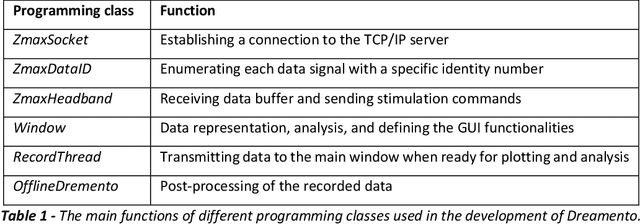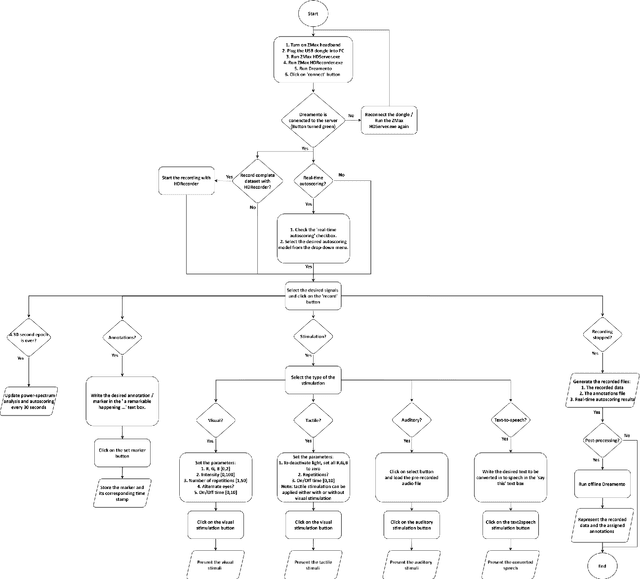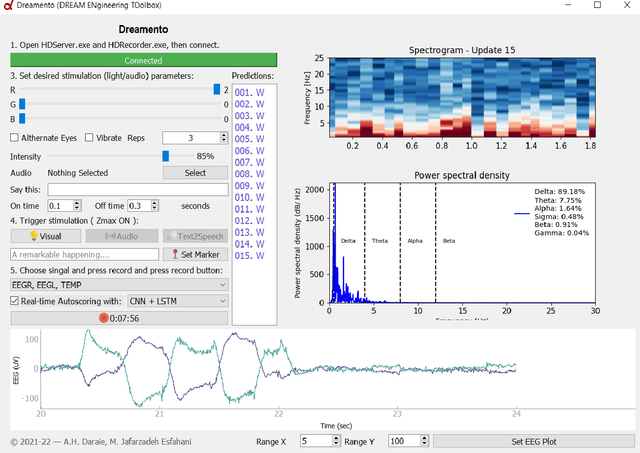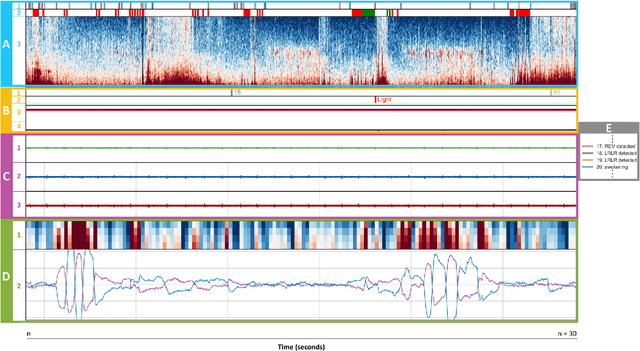Mahdad Jafarzadeh Esfahani
eegFloss: A Python package for refining sleep EEG recordings using machine learning models
Jul 08, 2025Abstract:Electroencephalography (EEG) allows monitoring of brain activity, providing insights into the functional dynamics of various brain regions and their roles in cognitive processes. EEG is a cornerstone in sleep research, serving as the primary modality of polysomnography, the gold standard in the field. However, EEG signals are prone to artifacts caused by both internal (device-specific) factors and external (environmental) interferences. As sleep studies are becoming larger, most rely on automatic sleep staging, a process highly susceptible to artifacts, leading to erroneous sleep scores. This paper addresses this challenge by introducing eegFloss, an open-source Python package to utilize eegUsability, a novel machine learning (ML) model designed to detect segments with artifacts in sleep EEG recordings. eegUsability has been trained and evaluated on manually artifact-labeled EEG data collected from 15 participants over 127 nights using the Zmax headband. It demonstrates solid overall classification performance (F1-score is approximately 0.85, Cohens kappa is 0.78), achieving a high recall rate of approximately 94% in identifying channel-wise usable EEG data, and extends beyond Zmax. Additionally, eegFloss offers features such as automatic time-in-bed detection using another ML model named eegMobility, filtering out certain artifacts, and generating hypnograms and sleep statistics. By addressing a fundamental challenge faced by most sleep studies, eegFloss can enhance the precision and rigor of their analysis as well as the accuracy and reliability of their outcomes.
Dreamento: An open-source dream engineering toolbox utilizing sleep wearable
Jul 08, 2022



Abstract:We introduce Dreamento (Dream engineering toolbox), an open-source Python package for dream engineering utilizing the ZMax (Hypnodyne Corp., Sofia, Bulgaria) headband sleep wearable. Dreamento main functions are (1) real-time recording, monitoring, analysis, and stimulation in a graphical user interface (GUI) (2) and offline post-processing of the resulting data. In real-time, Dreamento is capable of (1) recording data, (2) visualizing data, including power-spectrum analysis and navigation, (3) automatic sleep-scoring, (4) sensory stimulation (visual, auditory, tactile), (5) establishing text-to-speech communication, and (6) managing the annotations of automatic and manual events. The offline functionality aids in post-processing the acquired data with features to reformat the wearable data and integrate it with non-wearable recorded modalities such as electromyography. While the primary application of Dreamento was developed for (lucid) dreaming studies, it is open to being adapted for other purposes and measurement modalities.
 Add to Chrome
Add to Chrome Add to Firefox
Add to Firefox Add to Edge
Add to Edge